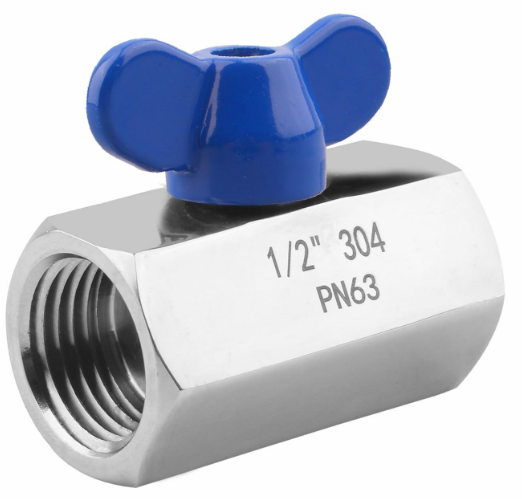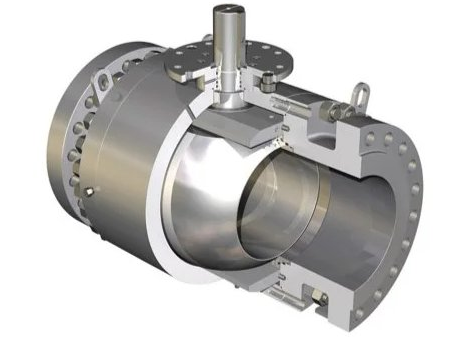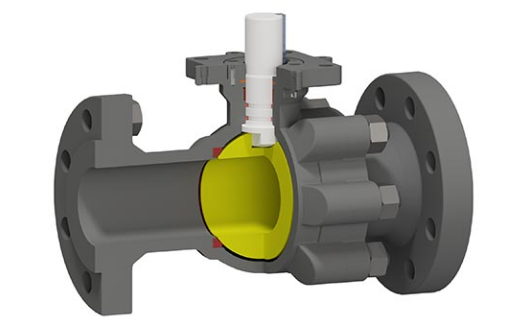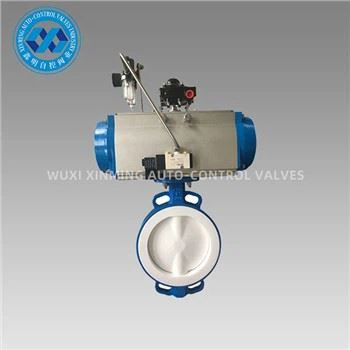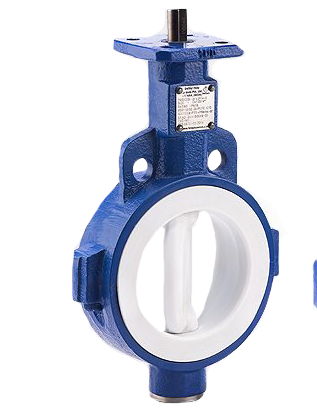In industrial automation and motion control systems, selecting the right type of actuator is essential for performance, reliability, and cost efficiency. Pneumatic actuators and hydraulic actuators are two of the most commonly used technologies for generating mechanical motion. Each offers unique strengths and is suited for specific applications.
This article provides a comprehensive comparison of pneumatic actuators vs hydraulic actuators, covering their working principles, design characteristics, advantages, limitations, and typical use cases.
1. Working Principle
Pneumatic Actuator
A pneumatic actuator uses compressed air to create linear or rotary motion. Air pressure acts on a piston or vane to move a mechanical component such as a valve, damper, or conveyor mechanism.
-
Typical Pressure Range: 0.2–1.0 MPa (30–145 psi)
-
Media: Clean, dry compressed air
-
Types: Linear cylinders, rotary actuators, diaphragm actuators
Hydraulic Actuator
A hydraulic actuator uses pressurized hydraulic fluid (usually oil) to produce high-force linear or rotary motion. Because liquids are incompressible, hydraulic systems are ideal for heavy-duty applications.
-
Typical Pressure Range: 7–35 MPa (1,000–5,000 psi)
-
Media: Hydraulic oil
-
Types: Hydraulic cylinders, rotary actuators, vane-type
2. Design and Components
| Feature | Pneumatic Actuator | Hydraulic Actuator |
|---|---|---|
| Power Medium | Compressed air | Hydraulic fluid |
| Construction | Lightweight, simple | Heavier, reinforced |
| Sealing | Air-tight (less critical) | High-pressure sealing (critical) |
| Control Valve Type | Solenoid or mechanical | Directional control valves |
| Maintenance | Lower | Higher due to fluid and leakage issues |
3. Key Advantages
✅ Pneumatic Actuator
-
Faster Response: Ideal for rapid cycling and short strokes.
-
Clean Operation: No fluid leaks; suitable for food, pharmaceutical, and cleanroom applications.
-
Lower Initial Cost: Simpler systems with affordable components.
-
Safe in Explosive Environments: No flammable fluids or electrical components required.
✅ Hydraulic Actuator
-
High Force Output: Suitable for heavy-duty loads and large valves.
-
Precise Control: Excellent for applications requiring controlled movement under high load.
-
Stable Performance: Less affected by compressibility, offering smoother operation.
-
Consistent Torque/Thrust: Strong performance over entire stroke.
4. Limitations
❌ Pneumatic Actuator
-
Lower Force Output: Not ideal for high-load or large-scale machinery.
-
Air Compressibility: Can cause inconsistent motion or slow stopping.
-
Requires Dry Air: Contaminants can damage internal seals and reduce life span.
❌ Hydraulic Actuator
-
Leak Risk: Fluid leakage can pose safety and environmental hazards.
-
Higher Cost and Maintenance: Pumps, filters, reservoirs, and hoses increase complexity.
-
Heavier Design: Larger footprint and weight than pneumatic alternatives.
5. Applications Comparison
| Industry / Application | Pneumatic Actuator | Hydraulic Actuator |
|---|---|---|
| Food and Beverage | ✔️ Clean, dry air use | ❌ Not recommended |
| Automotive Assembly | ✔️ Fast motion | ✔️ High-force pressing |
| Oil & Gas | ✔️ ESD valves | ✔️ Subsea valve actuation |
| Heavy Machinery | ❌ Insufficient force | ✔️ High-load lifting |
| Robotics / Pick & Place | ✔️ Lightweight, fast | ❌ Overkill in precision roles |
| Steel and Foundries | ❌ Limited power | ✔️ High-temperature, high-load environments |
6. Selection Considerations
When choosing between a pneumatic and hydraulic actuator, engineers should evaluate:
-
Required force or torque
-
Speed and frequency of operation
-
Environmental constraints (cleanliness, temperature, explosion risk)
-
Precision and control requirements
-
Installation and maintenance costs
-
Availability of compressed air or hydraulic power
Conclusion
Both pneumatic actuators and hydraulic actuators offer valuable solutions for motion control, but they serve different roles in industrial systems. Pneumatic actuators excel in lightweight, fast, and clean environments, while hydraulic actuators are the go-to choice for high-force and heavy-duty operations.
Understanding the differences between pneumatic actuator vs hydraulic actuator ensures optimal performance, safety, and cost-efficiency in your specific application.
If you want to learn more about low-priced products, please visit the following website: www.xm-valveactuator.com







